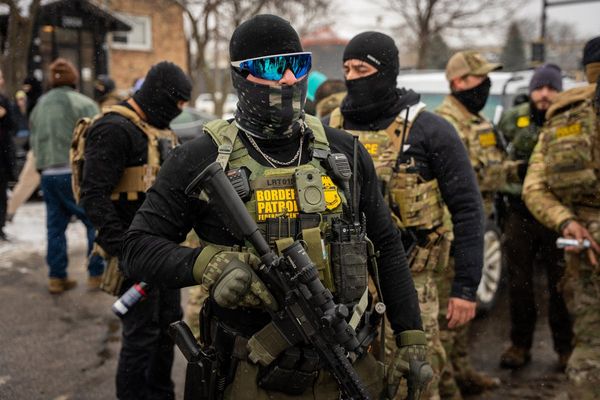The Indian Air Force (IAF), which has put its weight behind the indigenous Light Combat Aircraft (LCA) project, is hoping for expedited deliveries and gearing up to place additional orders.
The move is to arrest the IAF’s fighter strength falling further, from the current 31 squadrons, in the medium term. By 2030, the IAF would have 32 or 33 fighter squadrons and would have 35 or 36 fighter squadrons by 2040 if the indigenous fighters meet the induction timeline, a Defence official said.
The IAF has a sanctioned fighter strength of 42 squadrons.
“An important lesson from the LCA programme is that support equipment is as important as the platform, if not more. LCA trainers are urgently required. We are expecting to receive eight LCA trainers by the end of this financial year,” a source said. IAF has inducted 32 LCA-Mk jets from earlier orders and deliveries of the 83 LCA-Mk1A ordered in 2021 are scheduled to begin in February 2024. Hindustan Aeronautics Limited (HAL) officials said that the delivery of LCA trainers will be on track.
As reported in The Hindu earlier, IAF is looking to order an additional 90 LCA-Mk1A fighter jets or four squadrons. The additional jets are likely to be inducted from 2027-28 till 2031-32 by which time induction of the larger and more capable LCA-Mk2 is expected to commence, the official stated. This is on the basis that HAL would ramp up production rate to 24 aircraft per year and the additional order will ensure that assembly lines keep running before the LCA-Mk2 production goes into full swing. HAL has already set up two additional assembly lines.
As per the ₹47,000-crore deal with HAL signed in 2021 for 83 LCA-Mk1A, three LCA-Mk1A are scheduled to be delivered to the IAF at the end of this financial year and 16 aircraft per year for the subsequent five years.
Testing of equipment
The development of the LCA-Mk1A is on track, officials said. While the Aeronautical Development Agency (ADA) is providing software, the IAF is assisting HAL with testing crew as well as test and range equipment. Two LCA jets from the IAF are with HAL flying with all the systems for testing incorporated into them, the official cited above said.
The IAF is taking a leap of faith in the development process, an IAF official said. “The indigenous Uttam radar under development and the indigenous Electronics Warfare suite, we want it in the LCA-MK1 itself. We are leaning on the DRDO and HAL that they be incorporated within this contract as it progresses,” the official said. For this, another contract has been given to DRDO. At each stage, the plan is to indigenise a component, the official said, and the ‘radar base plate’ is being indigenised right now.
Legacy fleets
As the new aircraft come in, several legacy fleets which are the mainstay will start phasing out. The three remaining MiG-21 squadrons will be phased out by 2025 and will be replaced with the LCA-Mk1A. In addition, the Jaguars, Mirage-2000s and MiG-29s will begin going out by the end of the decade. For instance, by 2027-28 the first of the MiG-29s, inducted in the late 1980s, will start being phased out and by the early 2040s, some of the earlier batch of SU-30 will also start being phased out. However, the SU-30 fleet which forms the bulk of the fighter fleet currently will remain relevant for the next 25 years up to 2050-55, officials said.
The LCA-Mk2 project received sanction from the Cabinet Committee on Security (CCS) in September 2022 at a total cost of ₹9,000 crore and the first flight is expected in three years. It will have canards and be 1,350 mm longer, and can carry a payload of 6,500 kg compared to the 3,500 kg capacity of the Mk1. It will be powered by the General Electric F-414 engine, which produces 98 kN thrust compared to 84 kN thrust of the GE-404 engine powering the LCA-Mk1 and Mk1A. For Mk2, the IAF has asked HAL for certain modern technologies to be incorporated, especially related to sensor fusion and networking, officials said.
The fifth-generation fighter, Advanced Medium Combat Aircraft (AMCA), is currently awaiting CCS sanction, officials added and the development is expected to take a decade after that.







